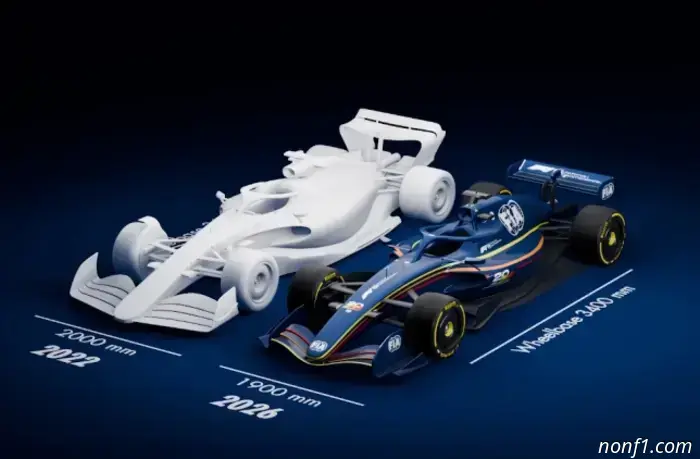
Allison: Piloting the new machines will be more enjoyable.
In an interview with Auto Motor und Sport, James Allison, Mercedes' technical director, discussed the main differences between the current cars and the new-generation machinery that Formula 1 will switch to in 2026.
James Allison: "These cars will have a flat floor with a kind of step in the central section. The edges of such a floor will not 'stick' to the track surface as tightly as those of the current cars. The Venturi effect will be less pronounced, so maintaining an area of low pressure under the floor becomes more difficult.
At the same time, the 2026 cars will not resemble the machinery from the period before 2022. They will occupy an intermediate position between what was then and what exists now. The new cars will generate less downforce, and the narrower tires will provide less grip. However, the range of setups in which the aerodynamic package works effectively will increase, including with respect to ride height."
At the same time, the total power of the power unit will increase; in particular, with an internal combustion engine output estimated at 575 hp, the hybrid system will deliver up to 475 hp, meaning torque should be higher than ever in the history of Formula 1.
The new cars will be slower through corners, but because active aerodynamic systems allow the front and rear wing angles of attack to be reduced on the straights, top speeds will increase, as simulator calculations already show.
This is confirmed by Toto Wolff, head of the Mercedes team: "In maximum power mode of the power unit, speeds approach the 400 km/h mark."
Felipe Drugovich, Aston Martin F1's reserve driver, who has repeatedly tested the virtual model of the future car on the simulator, said much the same: "The car accelerates out of corners in an absolutely insane way. It feels like some kind of rocket."
Allison, however, disagrees with drivers who disliked their simulator experience and claimed that piloting the next-generation cars will be less interesting: "They will be nicer to drive than the current machinery, because changes in balance when negotiating slow and fast corners will be less abrupt. It will be easier to control understeer and oversteer as and when the driver needs."
He is echoed by James Vowles, the head of the Williams team: "Don't listen to drivers who have only tried the new cars once on the simulator. Listen to those who have done it five times!"
"Driving through corners has become more fun because the electric part of the power unit constantly provides torque. But you will have to get used to the fact that in the second half of the straights power drops off sharply," Drugovich shared his impressions.
It is also important to stress that the work on the 2026 regulations is not finished, and the FIA, in coordination with the teams and taking into account the opinions of engineers and drivers, continues to make various adjustments to them.

Other articles
Allison: Piloting the new machines will be more enjoyable.
In an interview with Auto Motor und Sport, James Allison, Mercedes' technical director, reflected on the main differences between the current cars and next-generation machinery...
